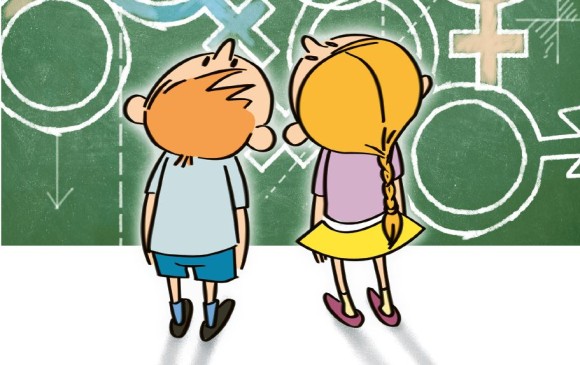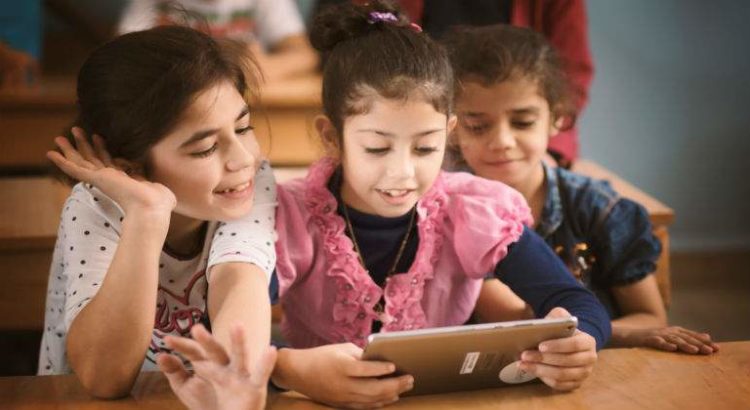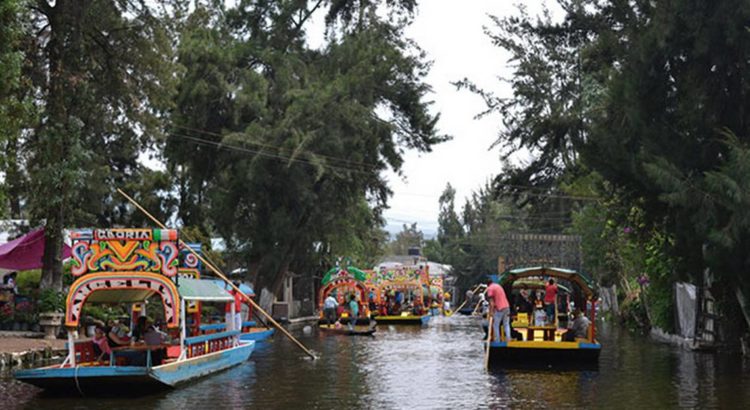Colombia / www.wradio.com.co / 24 de Enero de 2018
Piden al Ministerio de Cultura intervenir y garantizar la protección del monumento, porque considera que esta edificación genera un impacto negativo.
A través de una carta enviada por la Organización de Naciones Unidas para la Educación Ciencia y Cultura (Unesco) al Gobierno Nacional de Colombia, hacen un balance de la reciente visita de sus delegados a Cartagena.
En el documento, resalta la importancia de esta ciudad para el mundo, así como sus monumentos y fortificaciones, haciendo gran énfasis en el castillo San Felipe de Barajas.
”El puerto, fortalezas y conjunto monumental de Cartagena, fue inscrito en la lista del patrimonio mundial de la Unesco teniendo en cuenta su valor universal excepcional y, bajo los criterios IV y VI, establecidos y las directrices prácticas para la implementación de la convención para la Protección del Patrimonio Cultural y Natural. Según las directivas prácticas, el Valor Universal Excepcional ‘significa una potencia cultural o natural tan extraordinaria que trascendía las fronteras nacionales y cobra importancia para las generaciones presentes y venideras de toda la humanidad”, detalla el documento.
En el caso de Cartagena, la declaración de Valor Universal Excepcional ha tenido en cuenta que tiene el más extenso y uno de los sistemas más completos de fortificaciones militares en América del Sur.
“En ese sistema, la imponente estructura del Castillo San Felipe de Barajas en 1657 se erguía en una posición estratégica y dominante para proteger los caminos terrestre de acceso a Cartagena. Valor universal excepcional de Cartagena, destaca la importancia del formidable Castillo San Felipe de Barajas sobre el peñasco rocoso que domina la ciudad hacia el este y protege el acceso ístmico de Cabrero comilla”, dice la Unesco en la carta.
En consecuencia, a la percepción visual del Castillo de San Felipe y su historia relación con el entorno están cargados de valores significativos y simbólicos. Es por ello que el conjunto de viviendas acuarela, localizado en el pie del Castillo San Felipe de Barajas, con cinco torres de 31 y 32 pisos, perturbaría y constituiría una afectación importante la historia relación visual y simbólica existente entre el castillo y su entorno, poniendo en riesgo uno de los atributos que sostienen el valor universal excepcional de Cartagena.
“La actual torre en construcción, ha alcanzado ya los 20 pisos, es prueba objetiva y demostrable del riesgo que el conjunto multifamiliar acuarela representa para Cartagena en su condición de bien inscrito en la lista del patrimonio mundial”, resalta la Organización.
Tomando en consideración el contexto actual y el considerable avance del desarrollo multifamiliar Aquarela, “el patrimonio mundial de la Unesco desea reiterar su más alta preocupación con respecto los potenciales impactos negativos presentes y futuros del complejo Aquarela multifamiliar en los elementos que conforman el valor universal excepcional y del bien inscrito en la lista de patrimonio”.
Asimismo, aprovechó la oportunidad para enfatizar los compromisos internacionales que conllevan la ratificación a la convención sobre la protección del “patrimonio mundial, cultural y natural”.
“De 1972 por parte del Estado parte de Colombia, al igual que sus obligaciones de garantizar la protección y conservación del patrimonio mundial dentro de su territorio, de acuerdo los principios y lineamientos que manan de la convención”.
Finalmente, le dicen a la ministra de Cultura: “El Centro Patrimonio Mundial confía plenamente en que el Estado parte de Colombia tomar acción inmediata para cumplir con sus obligaciones y protección y manejo, y así asegurar la conservación del valor universal excepcional y que sustenta la inscripción de Cartagena en la lista de patrimonio mundial para beneficio de presentes y futuras generaciones”.
Fuente:http://www.wradio.com.co/noticias/regionales/unesco-advierte-que-edificio-aquarela-afecta-patrimonio-que-representa-castillo-san-felipe/20180122/nota/3696533.aspx













 Users Today : 42
Users Today : 42 Total Users : 35460425
Total Users : 35460425 Views Today : 81
Views Today : 81 Total views : 3419244
Total views : 3419244